How Long Is the Recovery Process from Root Canal Treatment?
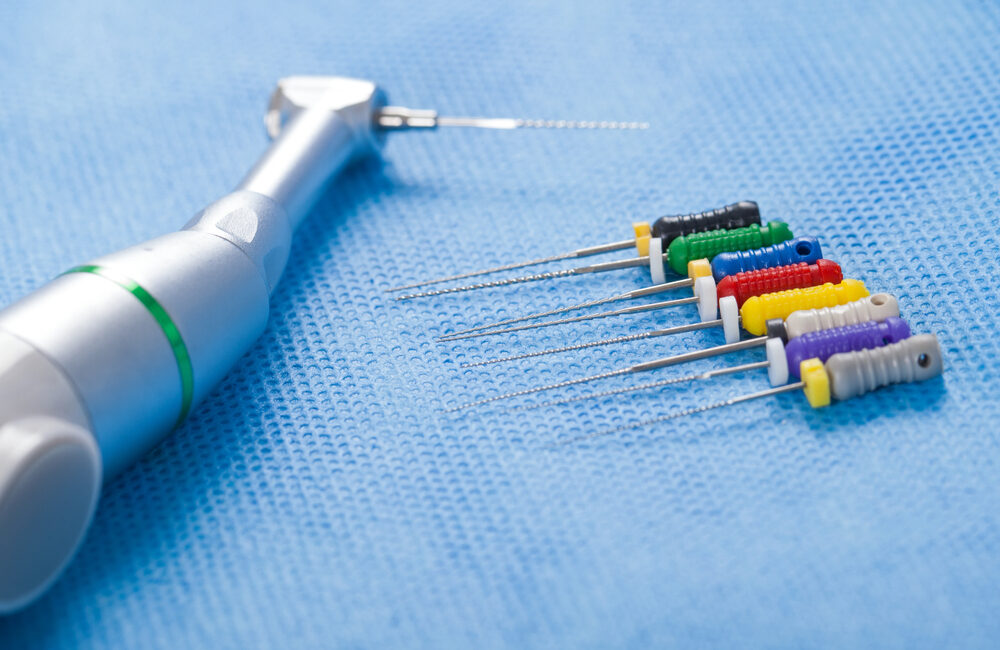
Dentists perform root canal treatment to prevent and treat infections within a tooth’s pulp. The term “pulp” denotes the soft tissues contained within a tooth’s pulp chamber. This chamber forms the innermost layer of a tooth’s crown, and it actively isolates itself from the rest of the tooth to prevent any interaction with oral bacteria and the acids they produce.
Severe decay or damage to a tooth can lead to the opening up of a tooth’s pulp chamber. This grants oral bacteria access to the soft tissues within, making it only a matter of time before infection ensues. To address this, dentists can conduct root canal treatment, which involves cleaning out the pulp chamber and subsequently sealing it, thereby preventing and treating infection.
What to expect after root canal treatment
Root canal therapy typically takes about an hour to complete per tooth. The procedure starts with a local anesthetic injected around the affected tooth. The anesthetic numbs the area, so the patient does not feel pain as the dentist works.
The dentist creates a hole to access the pulp chamber and utilizes dental files to extract the soft tissues from the pulp. They insert medication into the tooth and seal it using a material called gutta-percha. Afterward, they can restore the tooth with composite bonding or place a crown for protection. The dentist’s approach is often based on the tooth’s location. Back teeth, which endure significant bite forces, are frequently crowned following root canals, whereas front teeth can be restored using composites.
Recovery
Despite the many stories floating around about root canals being one of the most painful dental treatments a person can get, patients do not feel significant pain during the procedure, thanks to local anesthetics.
Patients do not experience much pain after the procedure either since there is no recovery period. Once the local anesthetic wears off, some patients might experience discomfort from their teeth being sore from the procedure. The pain can be managed with over-the-counter painkillers, and it should go away within 72 hours. Any pain beyond that point might be a sign of a complication and requires immediate dental treatment.
The restored tooth should be fully healed in about a week if the tooth is not irritated. Simple things patients can do to make their recovery go smoother include:
- Stay away from hard and chewy foods for the first few days after getting a root canal.
- Use over-the-counter painkillers to alleviate any discomfort.
- Practice good oral hygiene to avoid needing more root canals in the future.
- Avoid extremely hot or cold foods and beverages for the first few days after the procedure.
You can also read / Gum Abscesses: Symptoms, Causes, and Treatment Options.
Conclusion
A root canal can save your tooth. Root canal therapy allows dentists to save infected, decayed, or damaged teeth. It helps to prevent infection and potentially needing to extract the tooth in the future.




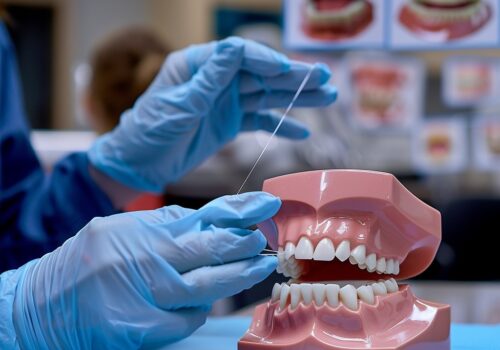



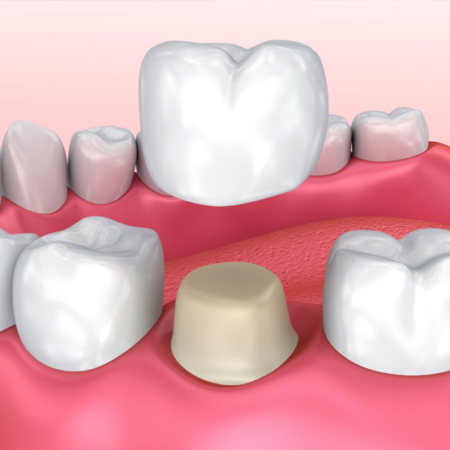
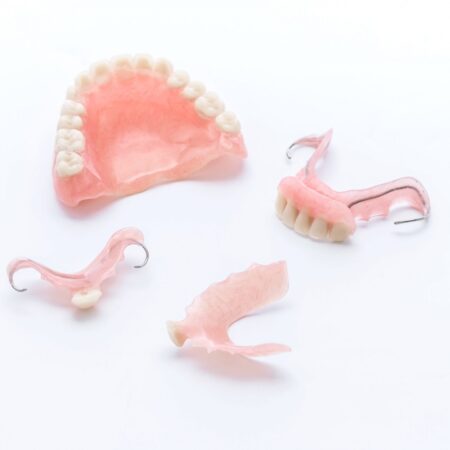
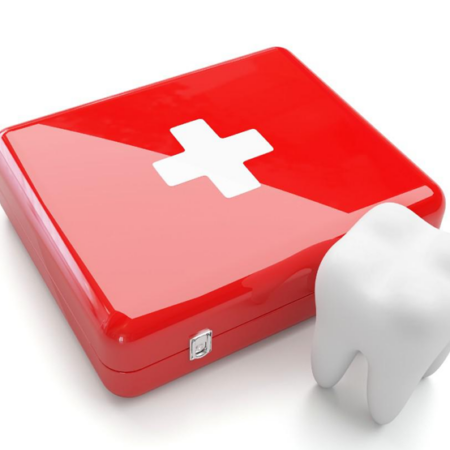
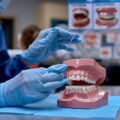


Leave a Reply